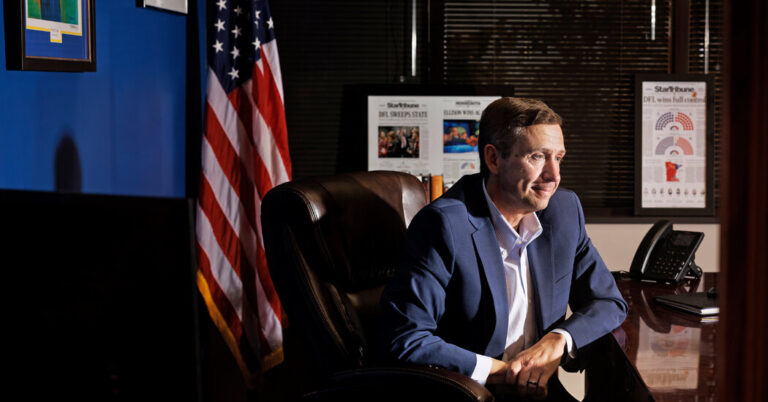Communities across the UK are paying for spiralling levels of council borrowing with a fire sale of publicly owned facilities, a BBC study has found. Schools, care homes, a boxing gym and even an Olympic legacy equestrian centre are among hundreds of buildings being sold as struggling councils seek to reduce a debt pile totalling £122bn. Councils across the UK can borrow money from banks or from the government to fund improvements in their areas, and they can also borrow to make investments intended to generate income. Since 2010, they have bought shopping centres, office parks and solar farms as well as funding large housing developments with borrowed funds.
Most of that was done through an arm of the Treasury known as the Public Works Loans Board and until 2022 interest rates on that borrowing remained relatively low. Last year, the Public Accounts Committee warned debt levels had become “unsustainable” despite curbs placed on borrowing for purely commercial aims in 2021. But the BBC Shared Data Unit found those combined debts grew by 7% last year, and their combined £122bn of debt is now equivalent to £1,700 per UK resident.
Usually, authorities are not allowed to sell off assets in order to fund day-to-day services such as bin collections or social care. But increasing numbers of councils in financial trouble are now being given powers to do so by the government. Known as “capitalisation directions” they also allow councils to take out short-term loans to pay for day-to-day services, but add millions to the debt pile in the process. This year, 30 councils were given those powers, last year it was 19.
Councils sold £2.9bn of public assets over the past two years, other than social homes sold through the Right to Buy scheme. Those with the highest debts were twice as likely to have been among the highest sellers. Dr Jonathan Carr-West, chief executive of the Local Government Information Unit, said “public value” would continue to be eroded until the government came up with a long-term solution to council debt. The government said it was aware the funding system for councils was “broken” and was pushing ahead with reforms to address the problem.
In Croydon, south London, the council ploughed money into a large housing company, a shopping centre and a hotel, among a host of other investments. When the Covid pandemic hit, it lost millions and could not repay its debts. Its £210m firesale of public property over the last four years would only cover about 15% of its current £1.5bn debt, which continued to grow last year. The authority’s elected mayor Jason Perry told the BBC the council spends £70m a year in debt repayments alone.
Among a “disposal” list were nurseries, community centres and tennis clubs. New Addington Leisure and Community Centre – home to the estate’s boxing club – closed in February. The club has 300 members and works with men and youths who would otherwise be involved in crime, according to head coach Bill Graham. Although a group of volunteers raised £25,000 to keep going in a nearby school, its future remains uncertain.
Greenwich Equestrian Centre was meant to introduce thousands of children in the south east London borough to the “joy of horse riding” in the wake of the 2012 Olympics. The £1.6m facility, opened by Princess Anne in 2013, was also intended to provide training courses “for many people for years”. But in November the council decided to sell it despite a community bid to take over its running, now backed by more than 4,500 signatures.
The Royal Borough of Greenwich Council saw its debts rise by £268m last year, largely, it says, to build or buy new affordable housing for the 26,000 people currently on its housing register. But businesswoman Tao Baker, who has submitted plans to transfer the centre over to community ownership, believes a sale would be “short-sighted”. It would “barely make a dent” to the debt pile, she says, while the loss of the centre would be felt for years to come.
In the mid-2010s the coalition government encouraged town hall chiefs to broaden income streams by investing in property. They did that by borrowing and, in many cases, council investments are continuing to pay off. “Debt is not inherently bad,” according to Sarah Calkin, editor of the Local Government Chronicle. “It depends what it’s for.”
She said councils now “in trouble” tended to have taken out short-term private bank loans when interest rates were low – only to be stung with large rate rises further down the road. Warrington Council’s £1.6bn debt means it is one of the most indebted in the country for the size of its population. It used Treasury loans to buy a retail park in Manchester, haulage distribution centres and a large shoe factory among other properties.
The council said it had no choice but to invest in order to fill the gap in income it had received from central government under the revenue support grant. Though that grant has increased in the years since the pandemic, core spending power for local authorities is around 18% down per person compared to 2010, the Institute for Fiscal Studies found.
Warrington’s leaders claimed to be making between £20m and £23m a year from those investments – which meant it could avoid making large cuts to services. But government-appointed inspectors found the council had a “high exposure” to increased interest rates and was rapidly eating into its savings. Its out-of-town investments showed little or no public benefit to Warrington’s population.
The collapse of Together Energy in 2022, a company it had a 50% share of, led to losses of just under £9m. In July, the government sent in ministerial envoys to get the council’s finances back on track. The town’s former MP Andy Carter warned the council its strategy was risky on several occasions. “We’re seeing decisions taken that I don’t believe would be taken in a commercial sense – a business wouldn’t be risking shareholder funds,” he said.
Dr Carr-West said spiralling levels of borrowing were ultimately a result of years of council underfunding. “One third of councils are telling us that if nothing changes in terms of how they’re funded, they are going to go bust within five years,” he said. “That’s down from 50% of councils telling us that in 2024. So we have made some progress.”
Dr Carr-West said there were increasing calls for the government, which is owed about 75% of the council debt through the PWLB, to write off large swathes of that debt. Croydon Council said the support it received in loans and asset sales was “not sustainable” as they were “simply adding to [their] borrowing costs”. A spokesperson said: “We cannot become financially sustainable and meet our Best Value Duty until a solution from government, such as a debt write off, is agreed.”
No such announcements about a debt write-off have been made. In June, Prime Minister Sir Kier Starmer announced an overhaul of council central grant funding, promising to simplify the complicated funding formula used to distribute funds. Labour says its plan will redistribute grants to focus on the most deprived areas as well. It has also started work on restructuring two-tier council areas, those with both county and district councils, to become unitary authorities.
A Ministry of Housing, Communities and Local Government spokesman said: “While councils are responsible for managing their own budgets, we know that the current funding system is broken which is why we are taking decisive action so local leaders can deliver the public services their communities rely on. We have announced over £3.4bn of new grant funding for local services on top of the £69bn already made available this year to boost council finances, and we will go further to reform the funding system, including at new unitary councils, to ensure it is fit for the future.”
Source link




